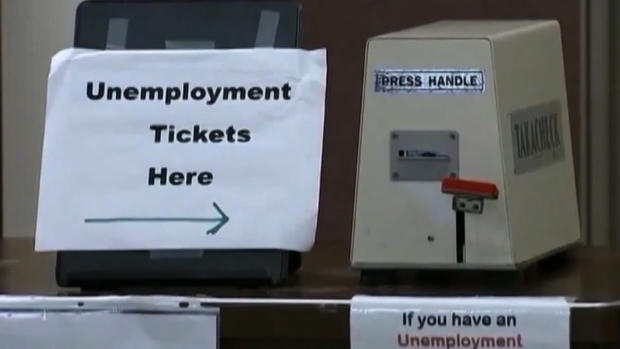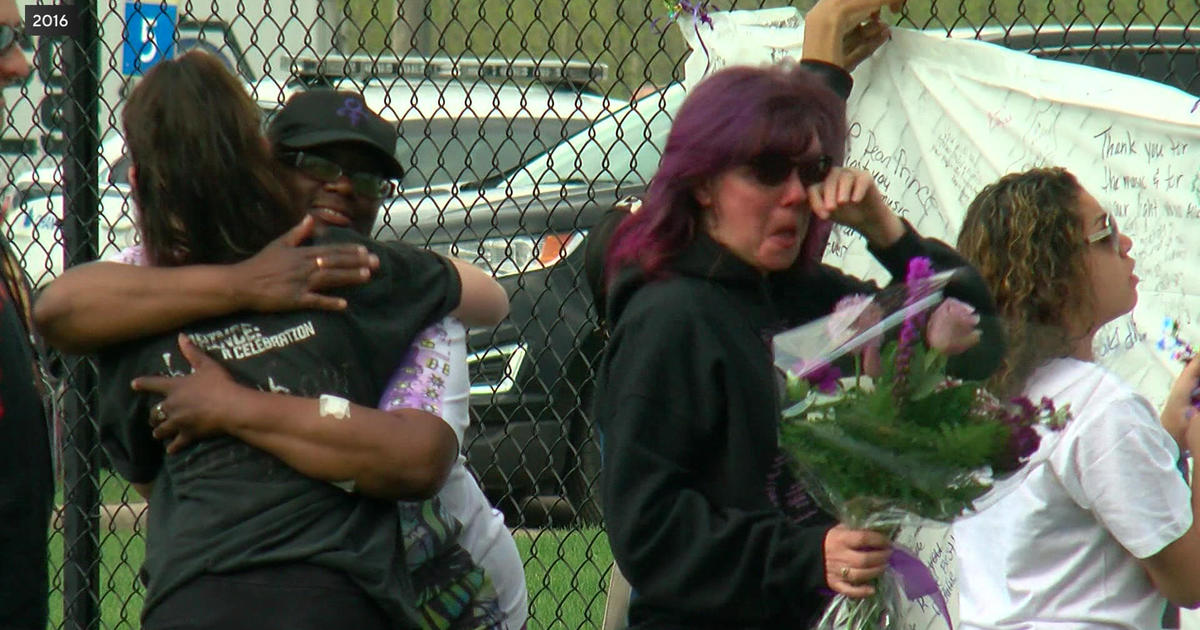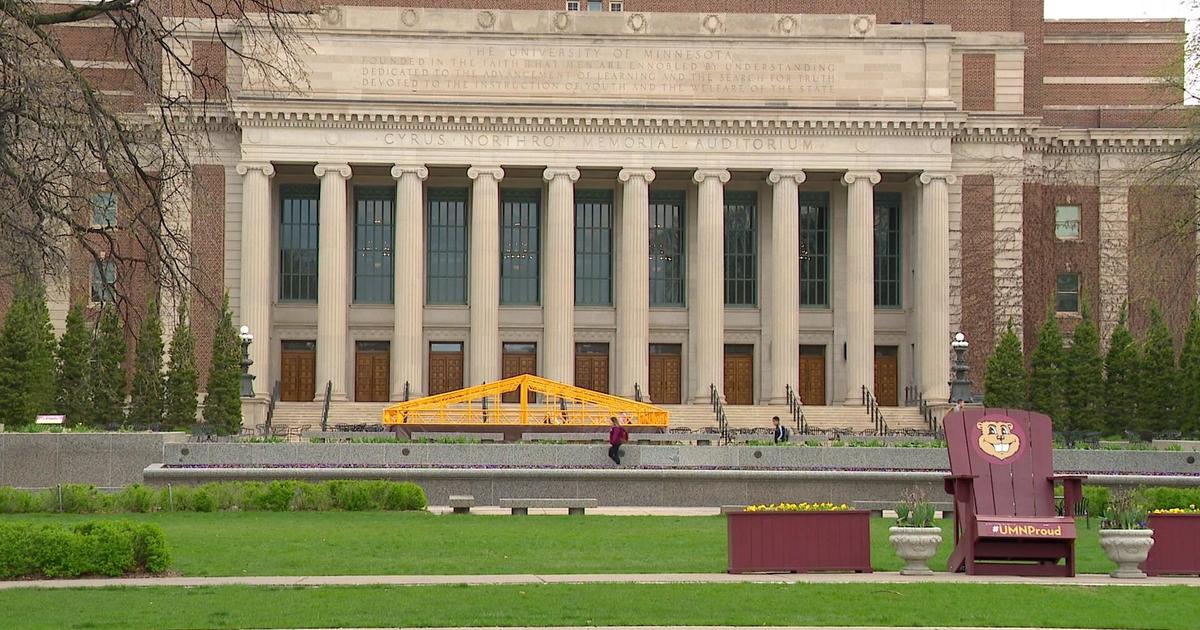Minnesota Unemployment Dropped To 4.3% In February; People Of Color Disproportionately Impacted
MINNEAPOLIS (WCCO) — Minnesota's unemployment rate dropped to 4.3% last month from 4.5% in January, state officials said Thursday, but the state still needs to make up ground on the road to economic recovery.
The amount of people recorded as out of work in Minnesota is less than the national unemployment rate of 6.2%.
In Minnesota, there are disparities when it comes to race. Unemployment for Black Minnesotans is more than double than it was at this point last year at 9.2%. For the Latinx population, unemployment in February was at 7.5% compared to 5% one year ago, while at 5.9% for white Minnesotans versus 3%.
"They remain stubbornly high," said Steve Grove, commissioner of the Minnesota Department of Employment and Economic Development.
This comes as the U.S. Labor Department on Thursday said the number of Americans applying for jobless benefits fell to its lowest level since the pandemic began.
State and federal labor experts say these are some promising signs of improvement, but the economy is not back to where it was pre-pandemic.
"We are moving in the right direction, but we still have a lot of runway ahead for job growth," said Grove.
Minnesota lost more than 416,000 jobs at the beginning of the pandemic and has only regained about half -- 205,100 -- back. The leisure and hospitality industry has lost the most jobs of any sector over the last year.
And the state labor force participation rate also dipped slightly from last month, and remains at its lowest point in five decades. That's important, said Monica Haynes, director of Bureau of Business and Economic Research at the University of Minnesota Duluth, because it will impact the unemployment rates, which don't capture the full picture.
The number is a ratio of the number of people out of work but are looking for work, compared to the total amount of employed and unemployed people, which is considered the labor force.
The work force metric doesn't account for people like part-timers who want to be full-time, or those who have stopped looking for work altogether.
"A lot of that is due to shrinking of the labor force," said Haynes of the declining unemployment numbers. "It seems like most of the businesses will probably make it through this time, especially with a lot of the federal relief that's coming. But in terms of the labor force, that's a whole other story whether we get back to where we were a year ago or before that."
The labor force participation rate dropped slightly to 67.8%, according to DEED data. It was 70.2% in February of 2020. Haynes called this a "huge decline" since this is usually pretty stable.
Grove acknowledged that number needs improvement, but expressed optimism that will change in the coming months because Minnesota typically has some of the highest shares of eligible people working nationwide.
"Not every school is fully back in person, and I think there remains concern on the variants that are out there for COVID-19. And so this is something that we certainly want to see reversed," Grove said. "But we're hopeful this will this will turn around."
The Minnesota House on Wednesday approved 70-61 a bill would require some employers in certain sectors to notify workers laid off during the pandemic of job openings and prioritize rehiring them.




